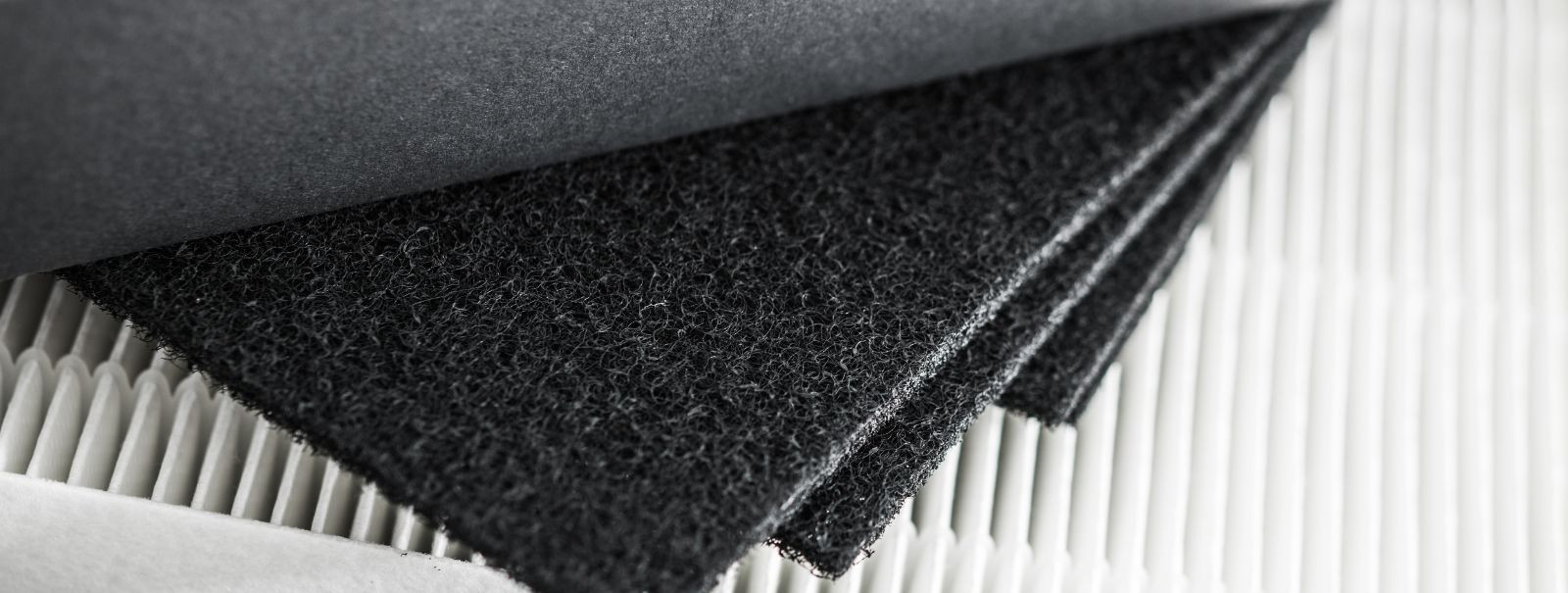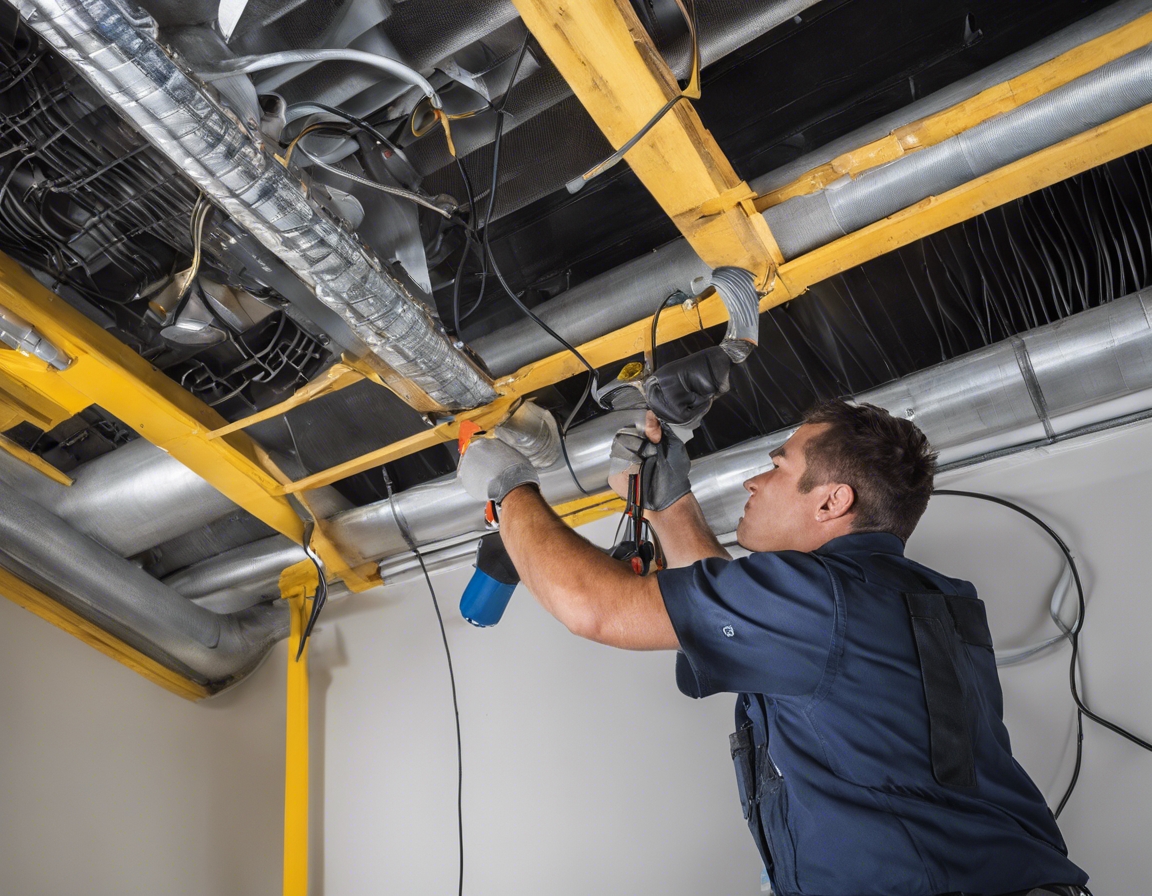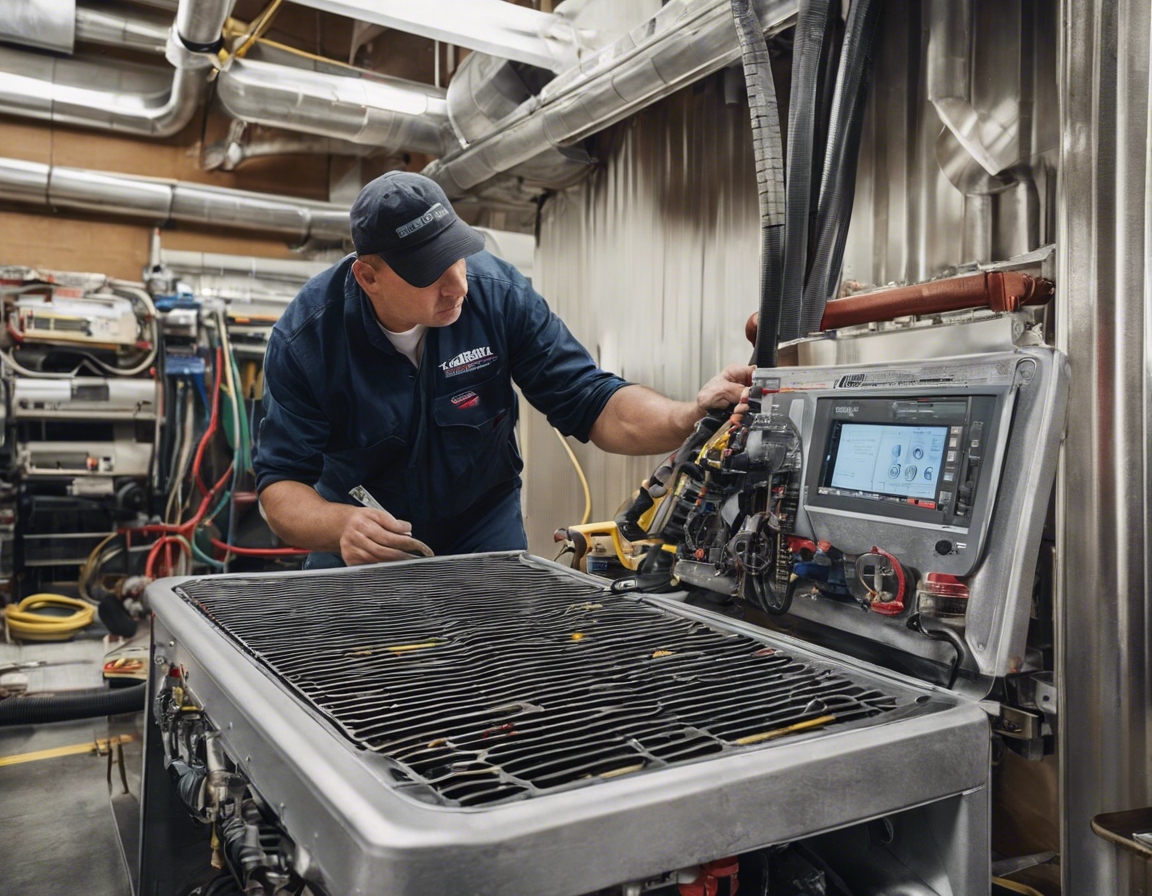How to improve your indoor air quality with advanced filters
Indoor air pollution is a silent threat that often goes unnoticed. It encompasses a variety of contaminants, from dust and pollen to volatile organic compounds (VOCs) and carbon monoxide, which can accumulate in enclosed spaces. The sources of indoor air pollution are numerous, including building materials, furnishings, household cleaning products, and outdoor pollutants that make their way inside.
Poor indoor air quality can lead to a range of health issues, from headaches and dizziness to respiratory infections and long-term diseases like asthma. It's crucial for homeowners and property managers to prioritize the air quality within their living spaces to ensure the health and well-being of occupants.
The Role of Advanced Filters in Enhancing Indoor Air Quality
Advanced air filters come in various forms, each designed to target specific pollutants. These include High-Efficiency Particulate Air (HEPA) filters, activated carbon filters, ultraviolet (UV) air purifiers, and electrostatic filters. Understanding the capabilities and limitations of each type is key to selecting the right filter for your needs.
Advanced filters use different mechanisms to capture or neutralize pollutants. HEPA filters trap particles through a complex web of fibers, while activated carbon filters adsorb chemical vapors. UV air purifiers use ultraviolet light to kill microorganisms, and electrostatic filters use an electric charge to attract and hold particles.
Choosing the Right Advanced Filter for Your Home
HEPA filters are renowned for their ability to capture 99.97% of particles as small as 0.3 microns. They are particularly effective against allergens, mold spores, and dust mites, making them an excellent choice for individuals with allergies or asthma.
Activated carbon filters excel at removing gases, odors, and VOCs from the air. They are ideal for homes in urban areas where traffic emissions and industrial pollutants are a concern.
UV air purifiers are effective at disinfecting the air by neutralizing bacteria, viruses, and mold. They are a good supplement to other filtration systems, especially in damp or mold-prone environments.
Electrostatic filters provide a cost-effective solution for trapping particles. They are washable and reusable, which makes them an environmentally friendly option. However, they may not be as effective as HEPA filters in capturing the smallest particles.
Installation and Maintenance of Advanced Air Filters
For optimal performance, advanced air filters should be installed by professionals. Companies like ET VENTILATSIOON OÜ have the expertise to ensure that filters are properly fitted and integrated into your existing HVAC system.
Regular maintenance is crucial for keeping your air filters functioning effectively. This includes checking filters regularly, cleaning or replacing them as recommended by the manufacturer, and ensuring that your HVAC system is serviced periodically.
Additional Tips for Improving Indoor Air Quality
Keeping your home clean is one of the simplest ways to improve air quality. Regular dusting and vacuuming can reduce the accumulation of pollutants.
Maintaining a healthy humidity level between 30-50% can prevent the growth of mold and dust mites.
Proper ventilation is essential for diluting and removing indoor pollutants. Make sure your home has adequate airflow and consider using exhaust fans in high-moisture areas.
Indoor plants can absorb certain pollutants and help purify the air. However, they should be used in conjunction with effective air filtration systems for best results.






Comments (0)